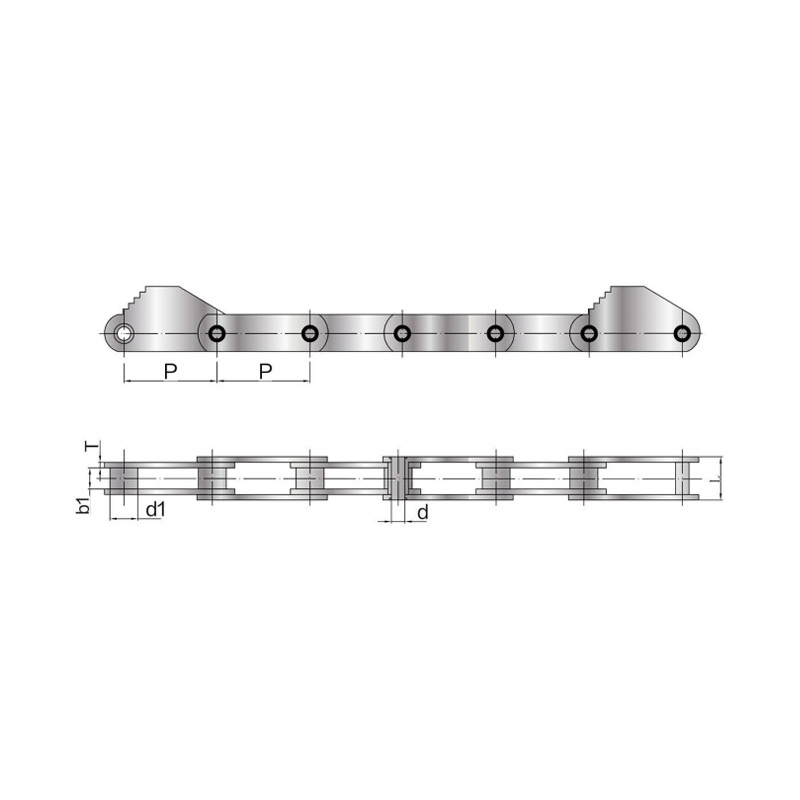Fubang is a professional manufacturer specializing in the design, production and sales of stainless steel chains.
Our A series short pitch precision roller chains comply with various international standards and are...
See DetailsIn the metallurgical industry, chains serve as critical transmission and conveying components, often exposed to high temperatures, heavy loads, and complex operating conditions. The load-bearing capacity of a chain directly affects equipment efficiency, production safety, and maintenance costs. Therefore, understanding how to improve the load-bearing capacity of Metallurgy Chain under heavy load conditions is essential to ensure continuous production and extend chain service life. This article explores this topic from material selection, design optimization, surface treatment, lubrication maintenance, and operational management.
The load-bearing capacity of a chain is closely related to its material. Metallurgy Chains typically require high-temperature resistance, wear resistance, and fatigue strength. Common materials include high-strength alloy steel or quenched steel, which provide good tensile strength and toughness, reducing the risk of chain breakage under heavy loads.
Key considerations for material selection include:
In specific conditions, surface-hardened or alloyed steels can further enhance load-bearing capacity and wear performance.
Chain geometry and design are also critical for load-bearing capacity. Proper design distributes load effectively and reduces local stress concentration, prolonging chain life.
Modern Metallurgy Chains often use finite element analysis (FEA) to simulate load and stress distribution, optimizing structure to enhance load-bearing capacity.

Surface treatment and heat treatment are important methods to enhance chain load capacity. Appropriate treatments improve hardness, wear resistance, and fatigue strength.
Proper selection of heat treatment and surface treatment significantly improves chain life and reliability under heavy loads.
Lubrication is crucial for maintaining load-bearing capacity. Proper lubrication reduces friction and wear, lowers chain temperature, and prevents fatigue failure.
Maintenance also includes checking chain tension, wear, and link clearance, replacing severely worn or damaged links to maintain overall load capacity.
Chain load capacity is influenced not only by structure and material but also by operating practices and environmental conditions.
Effective operational management improves load capacity, extends equipment life, and reduces downtime and maintenance costs.
Enhancing the load-bearing capacity of Metallurgy Chains under heavy load requires a comprehensive approach, including material selection, structural design, surface treatment, lubrication, and operational management. Optimizing all aspects of design, production, maintenance, and operation ensures chain reliability and longevity. Through scientific management and proper technical measures, metallurgical enterprises can maintain stable operation under heavy load, improve production efficiency, and reduce maintenance and replacement costs.